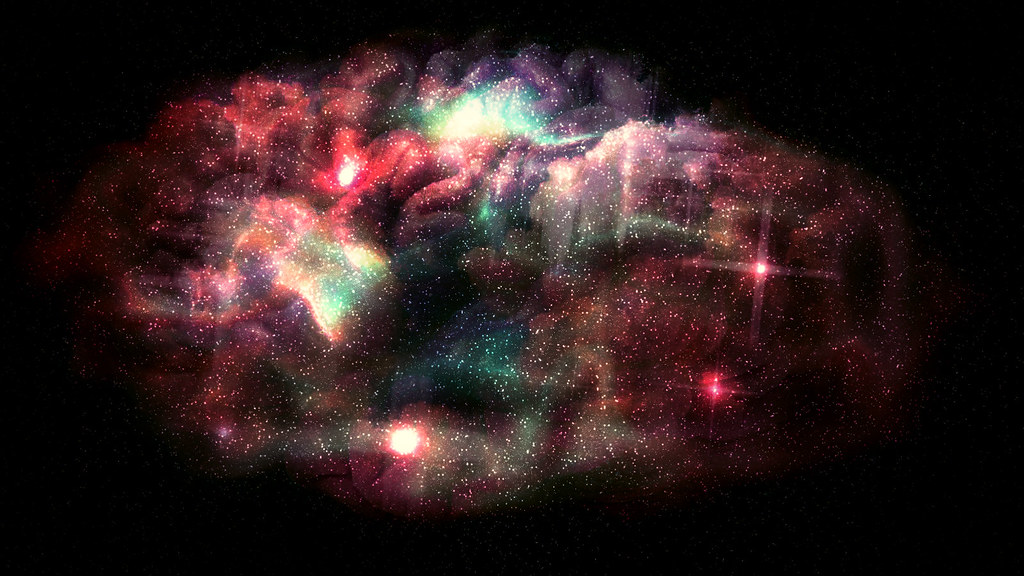Savvy managers are increasingly using neuroscience to have better insights into the habits, ideas, behaviour and thoughts that affect themselves and their employees, consumers and clients.
This approach gives them a competitive edge leading to increased success and a more engaged and healthier workforce.
So how can managers apply neuroscientific insights to their leadership approaches? Here, we outline five opportunities.
1. Learn to adapt to change and quickly grow
There is a saying that we don’t like change, but the brain is in a constant state of transformation.
The brain doesn’t do information gaps
Synapses change in numbers and strength, axons and dendrites sprout or prune, cortical reorganisation occurs. There is the birth of new neuronal cells (neurogenesis), neuronal cell death, the plasticity of myelin which enables electrical impulses a smooth passage of communication, our brain chemicals fluctuate continuously, and homeostasis is constantly vigilant to maintain a stable condition.
So rather than focusing on change, uncertainty is the real problem. The brain doesn’t do information gaps; if there are gaps we often fill them with ‘misinformation’.
To adapt to change and remove uncertainty, ensure accurate information and rehearse and practice the new learnings so that those new pathways become beautifully myelinated and the new default pathways for future success.
Keep doing this process to adapt quickly, innovate and enhance your cognitive abilities such as decision-making and problem-solving.
2. Get to know your direct reports and what matters to them
The mesolimbic pathway is the reward system that is so important for motivation. This includes the ventral tegmentum in the midbrain, the limbic system, the basal ganglia, the prefrontal cortex as well as the neurotransmitter dopamine which is essential for reward, motivation and learning.
The learning refers to what is good or bad for us.
Research tells us that intrinsic motivation is far more effective than extrinsic motivation. ‘Self-Determination theory’ (SDT) shows that a generic view of stimulating the reward systems of your people may not work and can even irritate and cause disengagement.
As a manager get to know your direct reports and what matters to them. Their goals will be influenced by their cultural norms, novelty, personality traits, upbringing and life experiences. This understanding helps us to align with the individual’s goals which in turn will support the objectives of the organisation.
3. Eustress is helpful
Stress gets some really bad press and rightly so, but only up to a certain extent. The brain registers stress as a threat to survival. There are several systems involved here, but in a nutshell, the sympathetic nervous system activates the adrenal medulla that releases adrenalin and noradrenalin – the fight or flight response.
When stress becomes chronic the hippocampus is inhibited.
On the other hand when moderate stress activates the amygdala, it in turn activates the hippocampus. This is ‘good’ stress, known as Eustress, which facilitates learning and change. This is what we need in the world of work.
When stress becomes chronic the hippocampus is inhibited. There is also the hypothalamus-pituitary-adrenal (HPA) axis which responds to stress and triggers the release of cortisol from the adrenals.
Over a lengthy period of time, this can lead to mental and physical health problems, and can most certainly impair work performance and our ability to learn and change.
So what can you do when the curve balls come thick and fast?
To a certain extent resilience to stress varies from person to person, but we can learn to be more resilient by developing supporters at work, not saboteurs; building confidence; expressing emotional challenges in a safe place; and discovering a sense of purpose.
Plus prioritise sleep, hydration, exercise and nutrition of course.
4. The neuroanatomy of emotion and cognition are very much entwined.
People think that emotional intelligence is all about emotion. It isn’t. The limbic system is famously involved with emotion, but also complex cognitive processes and memories to guide cognition. The brain stem, the prefrontal cortex, and the medial frontal cortex to name but a few are also all involved.
When we are more aware, empathetic and sensitive to other people’s opinions, emotions and needs, this leads to more positive working relationships and opens the door to increased diversity.
When we recognise unconscious bias more and actively try to regulate ourselves this will positively affect our business relationships.
Conversely being overly emotional means that rational thinking, logic and empathy are put on hold at that moment. Our beliefs, thoughts and emotions impact our behaviour, but they may also impact others. There is nothing pink and fluffy about emotional intelligence.
5. Intuition is learnt and will develop in the right environment.
There is evidence to suggest that intuition is subliminal processing based on implicit knowledge (unconscious) and this is highlighted by an incident that involved a fire in a chemical factory.
The fire officers were in the building believing they had the fire under control when all of a sudden, the senior fire officer outside the building radioed to get out fast. As the last person ran out the building exploded.
The senior officer saved the lives of all his team. It transpired that when the senior officer was a junior he witnessed a similar incident whereby the smoke from the fire behaved a certain way which he had locked away in his unconscious memory.
Intuition is pre-conscious pattern recognition
So when he saw the smoke behave the same way his intuition (his unconscious memory) recognised the danger and saved everyone. He was unaware of this old memory.
Intuition is pre-conscious pattern recognition, therefore involving memory. Consequently, intuition is learnt and will continue to develop in the right environment. When you are making decisions and trying to solve problems, if you are experienced in this specific thing then your intuition will be more reliable.
If you are not experienced, you will not have had the chance to lock away unconscious memories, so what you think is intuition may not be reliable.





